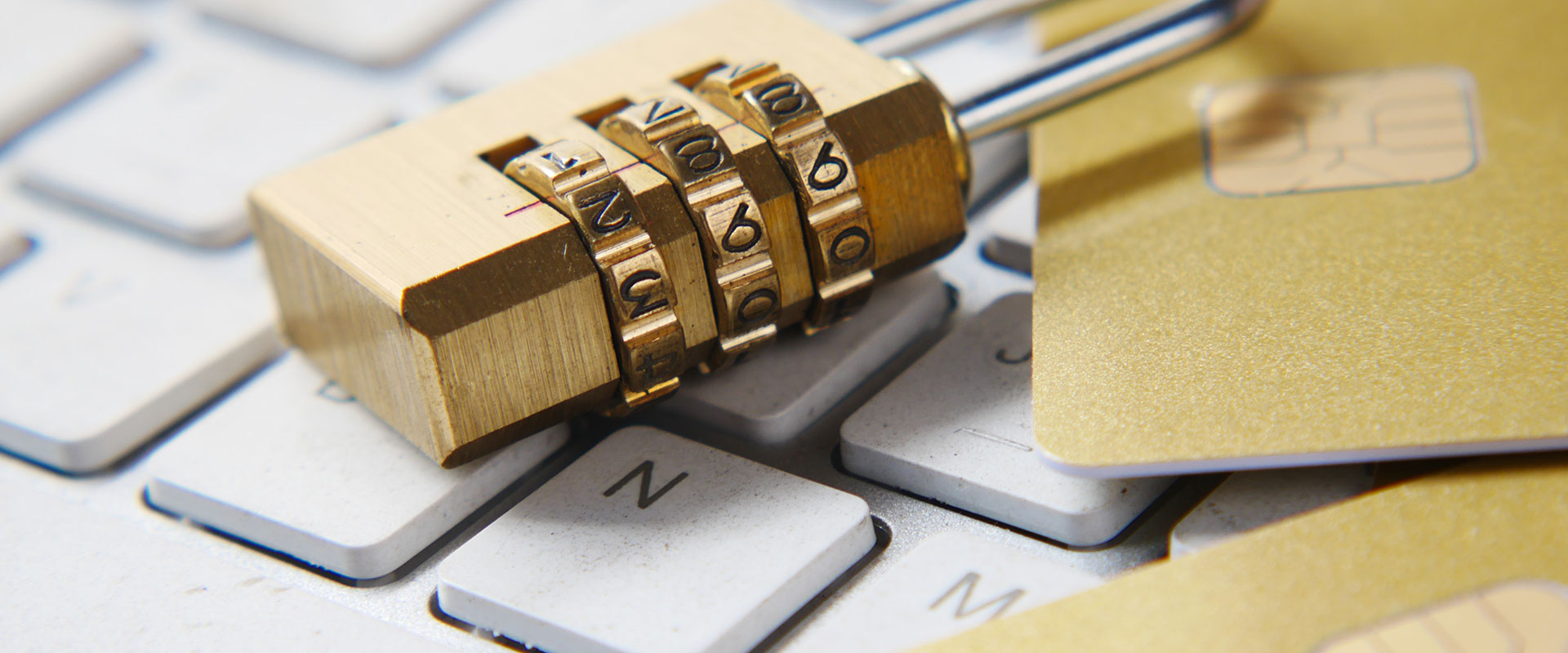Global cybercrime damages will cost companies up to $6 trillion this year. Emails alone deliver 94% of malware. Businesses can protect their customers’ data and their business by partnering with an email marketing vendor to implement the following security measures.
Each day, 306 billion emails zip through cyberspace. By 2024, 361 billion emails will arrive in 4.5 billion mailboxes daily driven in part by the recognition of email marketing value.
But while companies recognize that well-designed email marketing campaigns — regardless of the industry — drive outreach, grow brand awareness, and acquire and retain customers, those campaigns carry a certain amount of risk.
What’s the fastest way to lose customers, credibility, and profits? Become a victim of a customer data breach.
Ninety-four percent of malware arrives via email. Cyberattacks have become increasingly sophisticated to beat the protocols designed to prevent them. Yet experts predict that global cybercrime damages will cost up to $6 trillion in 2021.
Those are some pretty scary numbers — but implementing these email security protocols helps protect businesses and the customers they serve.
Execute email authorization standards
Authentication standards — sender policy frameworks, DomainKeys Identified Mail (DKIM), or domain-based Message Authentication, Reporting, and Conformance (DMARC) — allow email marketers to control their domain’s use.
These standards work for transactional and curated content emails and decrease the chances those emails will fall prey to phishing, spoofing, or spam.
Use high quality email tools
The system you use to send emails offers another layer of protection. Conduct due diligence to evaluate the security of your ISP and cloud provider.
Limit customer data collection to the bare necessities only
Collecting only the data needed to support marketing efforts increases customer confidence and decreases that data’s external value to hackers.
Rethink employee data access
Limiting data access points reduces your company’s vulnerability. The fewer people with access to sensitive data, the lower your organization’s risk of internal data abuse.
Encrypt all emails
Whether you send sensitive information via email or not, use encryption. You’ll protect your organization and your customers. Advanced cryptography computing technologies safeguard information by encrypting the content, email message header, and recipient’s name.
Transport level and end-to-end encryption are the two types that experts recommend. Transport-level encryption uses the STARTTLS encryption extension, which supports the encryption between two relay SMTP servers. It’s automatically used whenever you send an email.
End-to-end encryption eliminates any possibility that someone could catch and modify an email before it reaches its recipient by immediately encrypting an email at its source. Once the email arrives at its destination, the recipient’s system will decrypt it.
Enable anti-virus tools and firewalls
Anti-virus tools remove Trojan horses, worms, and viruses from incoming emails. Network and desktop firewalls filter out attachments that may contain malware or phishing scams.
Spam filters help separate marketing and phishing emails from other, more critical emails, by redirecting them to a specific email box. This approach keeps you from missing important emails and keeps your “normal” inbox from getting clogged. You can also schedule a regular purge of spam emails at specific intervals — and there’s no need to open those emails first — which adds to email security.
Protect systems with image and content control
Email attachments often contain files, links, and images. Hackers and cybercriminals can use those attachments to transmit malicious software. Your email security system should include an option to scan images of all incoming emails.
Educate customers and employees
Reduce the impact of harmful emails by training your company’s employees to recognize threats. Take an active customer advocacy role by providing articles on how to spot fraudulent emails. Publicize current cyber threats or scams that imitate your brand.
Verify customer email lists
Hackers love to “adopt” inactive accounts which they can use to execute a range of other cybercrimes. Audit your list regularly to identify and remove inactive customers.
Use a VPN
Sending emails over virtual private networks (VPNs) enhances privacy and security and reduces the risk of hackers intercepting email data.
Guard against unauthorized access
Email vendors should provide enterprise users with access management and user-friendly solutions to manage their own security. Two-step verification, session timeouts, single sign-on with SAML protect accounts from unauthorized access.
Establishing Enterprise-Level Trust
Email marketing vendors should have a dedicated security and site reliability team that evaluates and updates security even as the platform grows and adds new features. Those security measures should include application/ network/ physical security, endpoint protection, and vulnerability.
Customer data provides companies with detailed information. A reliable email vendor partner builds enterprise-level trust at the core of everything it does and takes data protection and customer security as seriously as you do.
Whatever your industry — and whether you’re setting up a new business or conducting an audit of your current governance, risk, and compliance (GRC) processes — protecting your employees, clients (and potential clients), and other stakeholders from potential cyberattack through email is a critical element. Talk to one of our CREA United Members, like Alpesh Shah, president of RevSystems Inc; Chris Dutra, VP Business Development at Stratxit; Scott Kuperman, TeamLogic IT director; and Michael DeSomma, President & CEO of Teknalysis Corp.

